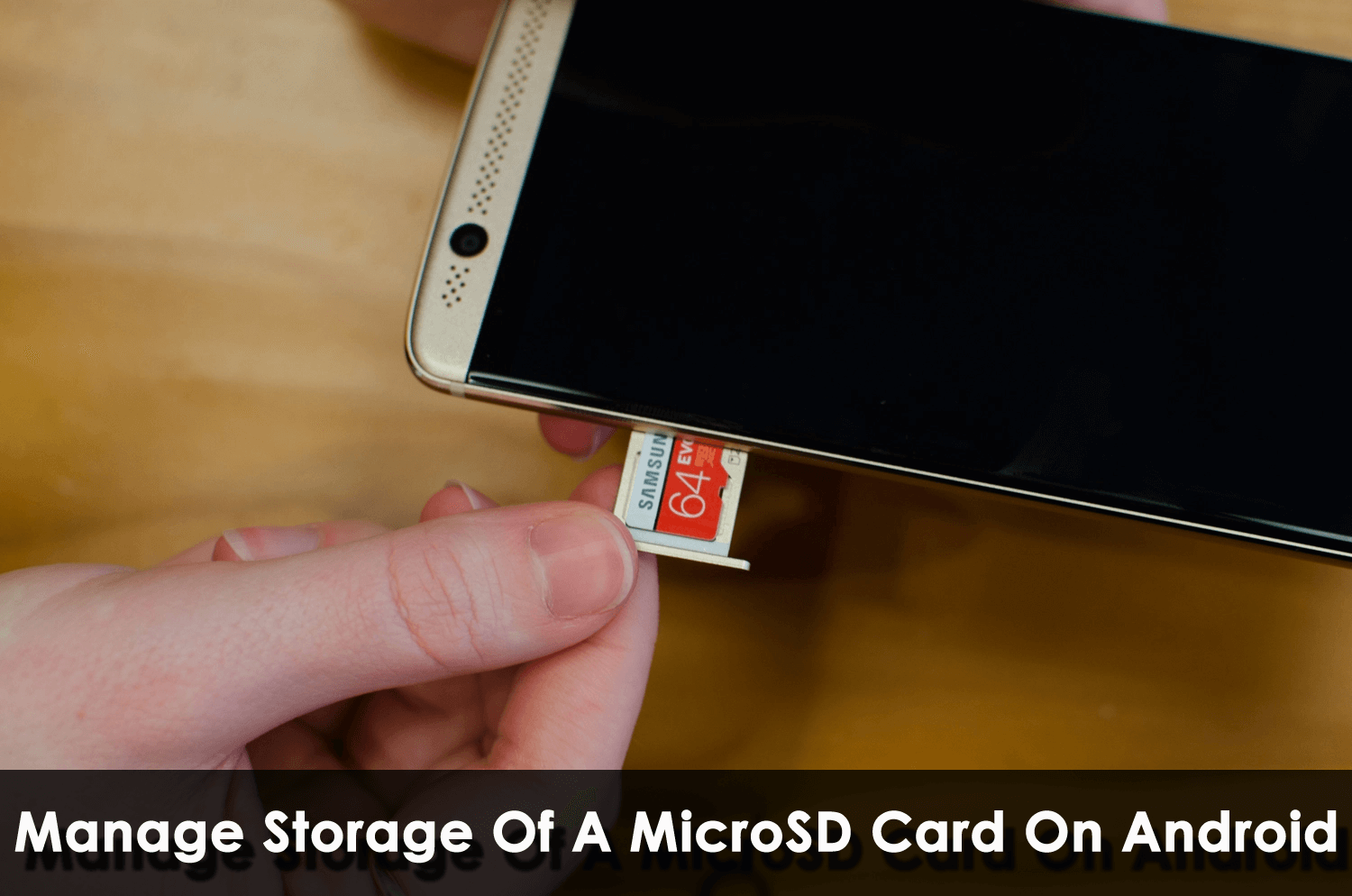Despite the introduction of cloud storage and streaming, nearly all smartphone owners aren’t satisfied with their phone’s storage space. Storage sizes have increased in recent years, with some smartphone manufacturers offering up to 1TB of storage space. Unfortunately, these can’t satisfy the increasing need for high-resolution images and 8K video quality.
That said, people with equally old or cheap phones or those with large storage need to struggle to keep up. Fortunately, the introduction of a MicroSD slot has been a lifesaver. Though on the decline, some smartphones still have a MicroSD slot, making them an excellent way of boosting the available storage space. This article highlights a few ways of managing MicroSD slots on Android phones.
Using MicroSD as Portable vs. Internal Storage
There are two ways of using a MicroSD card for storage. Initially, Android phones used all MicroSD as portable storage solutions. MicroSD cards could be removed from Android devices and plugged into other devices, such as PCs, as direct attached storage solutions for transferring files, music, videos, photos, and more. Your smartphone functioned normally even without the card.
However, from Android 6.0 Marshmallow, some Android phones started using MicroSD cards as internal storage options. Here, your smartphone integrates the card into its internal storage pool. The phone treats the card as part of internal storage and can install and save applications and app data on the MicroSD card. Any Android application could be installed on the card, including apps that support background processes and widgets.
By using a MicroSD card as an internal storage option, your phone formats the card uniquely, making it impossible for other devices to read it. The MicroSD card should also always be present and some phone features supported by apps on the card won’t work without it. Using a MicroSD card as internal storage is best for Android smartphones with limited space.
Installing MicroSD Card
Android smartphones have different MicroSD card installation methods. However, most manufacturers have adopted the use of SIM card trays. If your smartphone uses this option, you should have a SIM tray opener or a small pin, often provided by the manufacturer, to pop the tray open. Position the MicroSD card correctly and slide the SIM tray back.
Reviewing Storage Stats for MicroSD
Once correctly installed, you should review the storage stats of your MicroSD card. For this, open your phone’s settings app and click on storage. Typically, the storage screen displays information about the phone’s storage, which includes internal storage and a MicroSD card if available.
If you insert the MicroSD correctly, its storage details will show at the bottom of the storage screen. Tap on any category to review the storage details. For instance, the App icon displays a list of all running apps. Similarly, the Photos and Videos item shows saved pictures and videos.
Managing Files on MicroSD Card
Android smartphones allow users to manage files on their MicroSD cards as they would on their computers. Most Android phones already have pre-installed file management apps called “File Manager” or “My Files“. The application provides multiple file management functions, such as moving files, copy-pasting, deleting, and more. If your phone doesn’t have this app, you can simply download it from the Google Play Store.
Formatting MicroSD Card
Your smartphone should automatically recognize MicroSD files when inserted. If it fails, formatting the card will fix this problem. To format your MicroSD:
- Open settings
- Choose storage item
- Select Format MicroSD
- Select “Delete All” for confirmation
Formatting empties the card, making it ready to store files, music, photos, apps, and other information.
Bonus Tip- How To Recover Deleted Files From SD Card On Android
We all know that our useful data are stored on internal memory as well as in SD cards. But those data can get deleted anytime due to several reasons. To recover deleted files from Android SD card, you need a powerful tool like Android SD Card Data Recovery software. This professional software is highly suggested by experts as it restores all types of data from SD cards with one click.
Some of the data include photos, videos, contacts, notes, documents, text messages, etc. The software is easy to use and supports all Android phone models like Samsung, LG, Sony, Huawei, Realme, Xiaomi, Oppo, Vivo, Camon, OnePlus, and many others.
Android Data Recovery- Recover lost/deleted data from Android phones
The best and effective tool to recover lost, deleted, inaccessible data from Android phones. Some unique features include:
- Directly recover several data types like photos, contacts, SMS, videos, WhatsApp, call logs, documents, notes, etc.
- Recover lost data in any critical situation like a broken screen, accidental, unintentional, factory reset, formatting, virus attack or other reasons
- Provides one-click option to "Recover" deleted files without backup



The Bottom Line
MicroSD cards are excellent removable storage options for most Android phones. Note that you can insert and remove these cards at will when the phone is off. However, if the phone is turned on, you should first unmount the card from your phone’s settings before removing it to protect the information stored in the card.
You can further reach us through our social sites like Facebook and Twitter. Also, join us on Instagram and support us by Subscribing to our YouTube Channel

Sophia Louis is a professional blogger and SEO expert from last 11 years. Loves to write blogs & articles related to Android & iOS Phones. She is the founder of Android-iOS-data-recovery and always looks forward to solve issues related to Android & iOS devices
